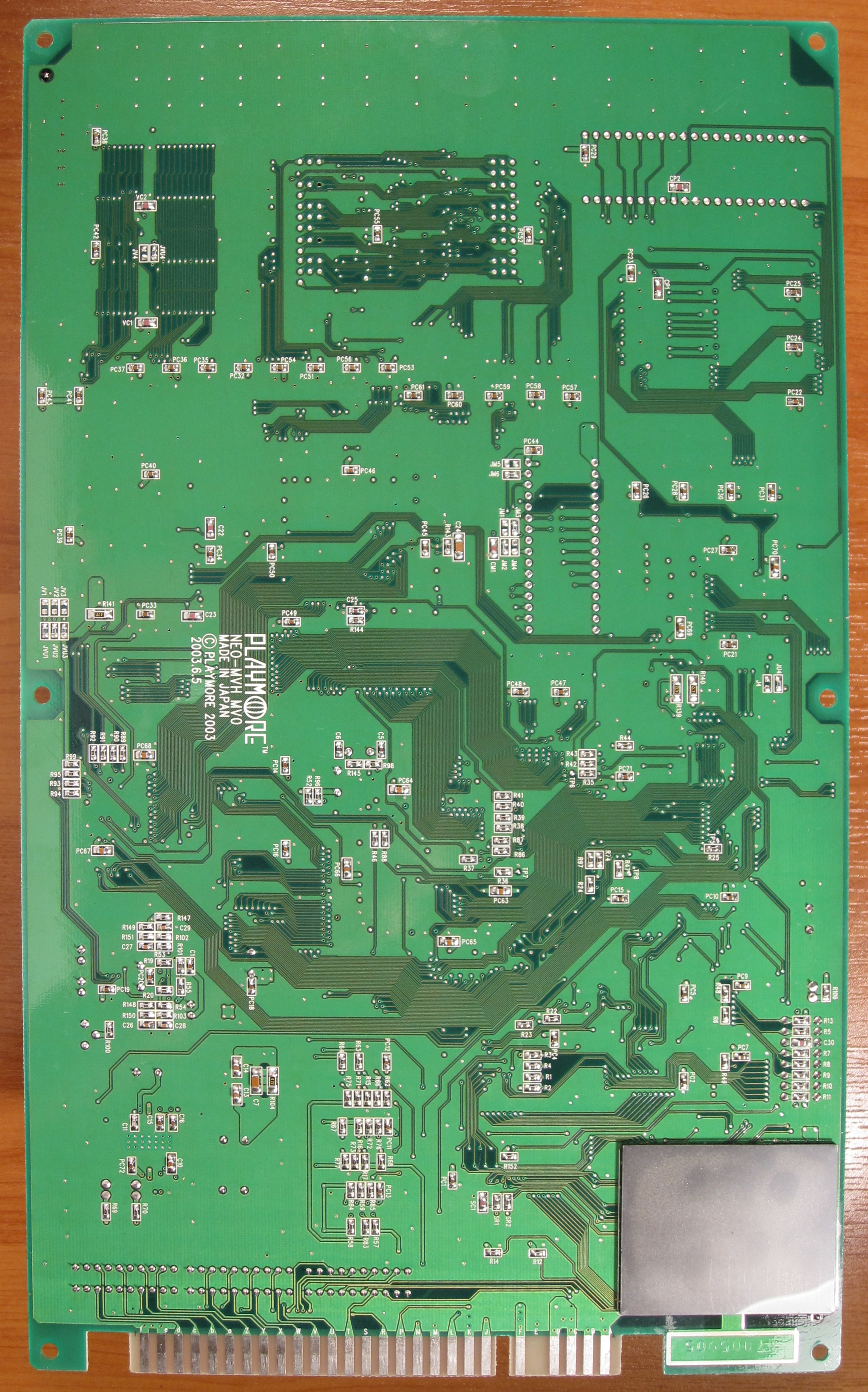Printed circuit boards are important for computers, but how does a printed circuit board work? This guide reveals the fundamentals of PCBs. Have you wondered what precisely goes into your phone or computer to make it work? A printed circuit board technology is what our complete modern world is based on. Since they go into all the pieces round us, you’re even worried about being hacked or spied on. A PCB is sort of a black field to most people-they don’t know how it works, and they’re afraid to have a look under the hood. We’re here to inform you it’s okay to look! So long as you don’t attempt to drill a hole in the board-keep studying to find out why. What Goes in. On a PCB? What’s a Printed Circuit Board? How Do Circuit Boards Work? What Goes in. On a PCB? First of all, we need to know what goes into it, right? A protracted listing, but obligatory, since there are so many different varieties, PCB corresponding to rigid, flex, and rigid-flex circuit boards. The different materials combine in numerous configurations to carry out a design objective. This may be heat dissipation, fast and correct transmission of electricity or any variety of different necessities. Some materials are extra durable than others however price-prohibitive. However, certain applications, PCB akin to navy use, require excessive-end materials for the manufacturing of the PCB. What is a Printed Circuit Board? A PCB is how our lives work today. It’s sometimes made of 1 to forty layers of substrate and copper foil “traces.” It’s much like an electrical grid for a metropolis, or even a avenue map. We often imagine them going into solely computers. But phones, TVs, cars, airplanes, clocks, and even your espresso pot is chock stuffed with PCBs. If we continue to think about a PCB board as a metropolis, it’s how city hall talks to the hearth division, and the central enterprise district hyperlinks to residential areas. The different elements of a computer, for example, just like the CPU, RAM, GPU, all want to speak to work by way of completely different tasks. The PCB is what connects them in a tightly wound internet of copper and fiberglass. Everything is so shut together in a pcb assembly, which regularly causes complications. Thermal administration and electromagnetic issues are the most important issues PCBs face. Professionals name this Electromagnetic Interference or EMI. Thermal management points and EMI typically cause early degradation of the board or of its means to function. For that reason, they use non-conductive materials in combination with copper in layers. The one layer you often see is the highest layer. For those who drill into a board to fit it right into a custom case, you would make it fully inoperable. Since you don’t see traces doesn’t mean there aren’t any on lower layers. How Do Circuit Boards Work? Circuit boards use a number of “tools” to carry out their designed duties. These parts act in a similar method to stop lights, parking tons, roundabouts, and different visitors management techniques. Capacitors store an electric charge. Act as a form of parking lot for electricity. Resistors do as they are saying. Provide resistance in a system. Imagine a yield signal or flashing yellow, which acts to typically gradual traffic and stop overloading a street or inflicting a collision. In a system without braking, some parts of the PCB (www.linkagogo.com) would overload with electricity or overheat as all the electrons attempt to enter it without delay. That heat additionally contributes to the catastrophic degradation of the system, even damage. Diodes are like one-means streets, and permit electricity to circulate in only one route as soon as passing via it. That means electricity can’t surge backward. Cause a see-noticed movement of electrons. This creates magnetic waves and heat, which as we all know aren’t any good for the system. Inductors can retailer electrical power as a magnetic field. Also, they forestall AC electricity from flowing while still allowing DC electricity to cross via. This permits for the transformation of electrical states on the very least. The components of the board (the chips) comprise the transistors, which do the calculations. The PCB acts because the roadway community to these places, and connects the electrical currents, as well as protect them from overload. As parts are set into the board and soldered on, they might contact just one layer. Or, they may contact many layers at different depths to succeed in components. This complexity makes it troublesome for humans to design by hand. Computers assist within the design by calculating finest pathways for traces. This is named CAD or Computer Assisted Design. Still, even with the help of computer systems failures occur. This blog publish can enable you be taught extra about why even a superb design on paper doesn’t translate right into a practical one. Although, if you’re a hobbyist who desires to interrupt into making your own PCB, don’t be afraid. There are actually a number of DIY processes for less complex methods. This features a “breadboard” circuit array often used for testing. This gives a wonderful learning expertise. Now that you understand how a printed circuit board works, and what it might probably do, don’t you are feeling higher? They’re all over the place around us, and essential for our method of life as we speak. Eventually, they’ll get smaller and extra advanced until a new technology replaces it. Just like the previous method of handbook tracing and uncovered wires and vacuum tubes had been changed. Then we’ll have a new black field to determine, though for now we now have what we’ve got and we’re completely happy about it! If this tech article tickled your transistor, we’ve received lots more for you to read! Review How Does a Printed Circuit Board Work? The basics of PCBs.
The basics of PCBs.
